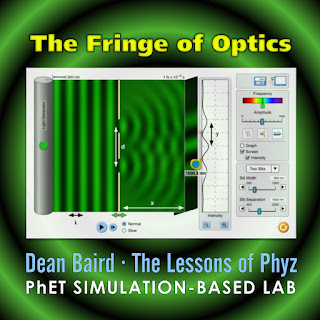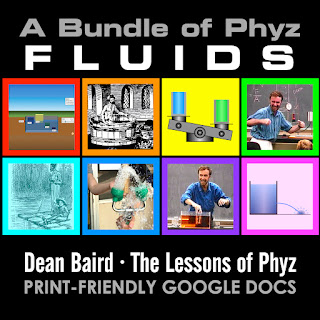Right hand rules in high school physics do not bring me great joy. I cringed when The Physics Teacher ran a photoessay from an instructor who photographed students contorting hands during an exam. (A cursory search for this article was unsuccessful. I hope it was expunged.)
Nevertheless, 3-D geometry cannot be avoided when studying magnetic fields and forces. In the Ørsted's discovery lab, students develop a right hand rule relating to current and the magnetic field it produces. That was Right Hand Rule #1.
This activity relates current, external magnetic field, and magnetic force. Right Hand Rule #2.


















